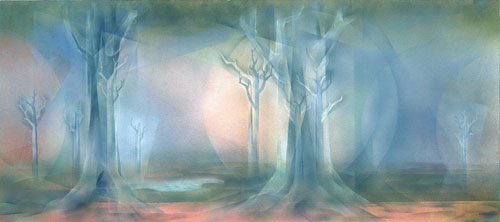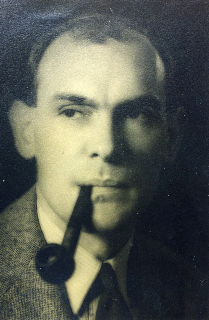BIOGRAPHY OF FRANCIS CRITCHLEY HINDER AM
Hinder’s development was shaped by his unusual apprenticeship in America, 1927-34, where he found Dynamic Symmetry, a method of linking the natural world with a mathematical pattern. The dynamic linking suggests the energy forming everything. Dynamism, though with violence, was expressed in an allied movement, Futurism. At Taos Hinder experienced indigenous culture connecting to a universal rhythm. His Boston drawings with modern influences and architectural elements were forming a modernist language.
Back in Australia, he recognised the unique character of Australian life. Light, movement, harmony, order, shaped his semi-abstracts of working men at one with the environment. In these great semi-abstracts of 1938-1939, he became an integral part of the birth of modernism in Australia. Hinder joined Grace Crowley, Rah Fizelle, Ralph Balson, Eleonore Lange, to form the Sydney modernist school of the thirties.
The Wynyard series, in its pre-war and post-war phases, is his emblematic encapsulation of the hub of a modern city. In the second world war he experienced a bomber crash in Rabaul, which he took as an opportunity to ponder transformation. The war semi-abstracts placed the emphasis on beauty in the necessary action. Post war, The Wynyard series deepened in existential tension, culminating in Subway escalator.
Abstraction was always part of Hinder’s training. The thirties watercolour experiments became in the forties large tempera geometric paintings, exploring, like music, the beauty and variety of space, shapes and colour. These take their place with Balson’s and Crowley’s ground-breaking geometric abstracts.
By 1953, these abstracts gave way to strictly straight-line abstracts, as though Hinder was ever more urgently seeking to cut away the veil of appearances. By 1967 he began his luminal kinetics, realising the 1940s curved forms and beauty in greater dimensionality and luminosity. Semi-abstracts continued, showing technological achievements - aeroplanes, city building, Sydney Harbour Bridge.
By the 1970s Hinder’s work took off from flight to mental flight - into the geometry and luminosity of the universe. Abstract and semi-abstract paths merged in a solution combining the mathematical pattern and appearances. He could express the interconnectedness of everything, making science and philosophy visible.
1915Juvenilia
1906 Born 26 May or June, Summer Hill, Sydney. Attended Newington and Shore schools
1926-7East Sydney Technical College
1926-7 Studied at East Sydney Technical College (ESTC)
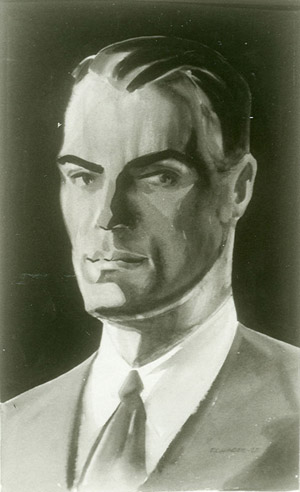
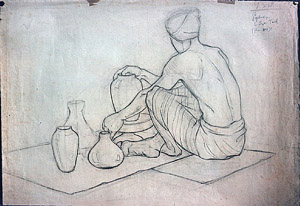
Please click on the image above to see works from this period.
1927-28Art Institute of Chicago
Studied for career in commercial art in Chicago and at Parson’s, New York under pupils of Jay Hambidge, author of Dynamic Symmetry.
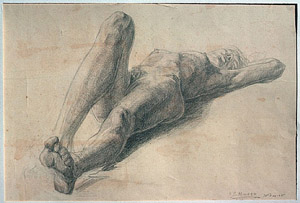
1928-29Parsons, N.Y.
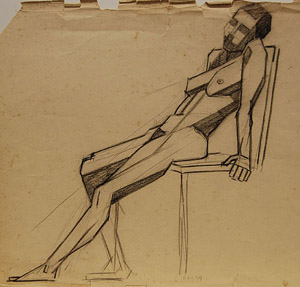
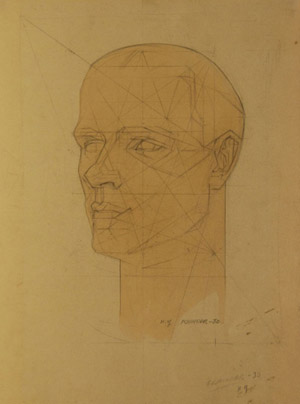
1929Moriah summer school
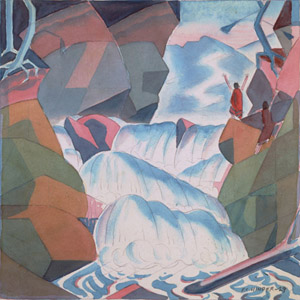
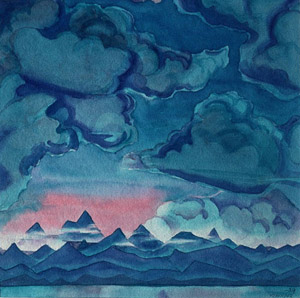
1929-30Roerich Institute

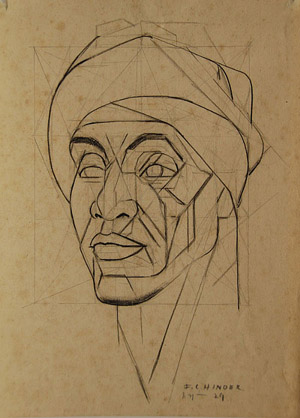
1930Montreal, Canada
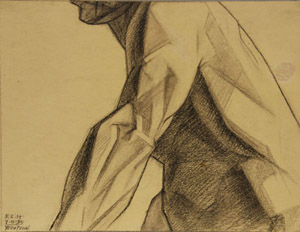
1931-4Boston
Taught art in Boston.
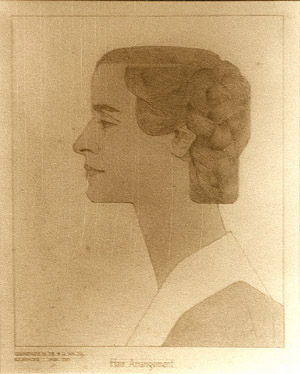
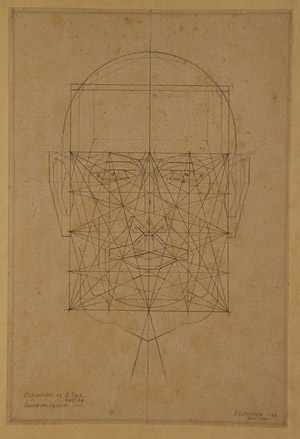
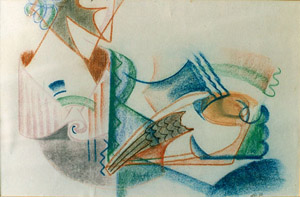
1932Tekton summer school, Tamworth, NH
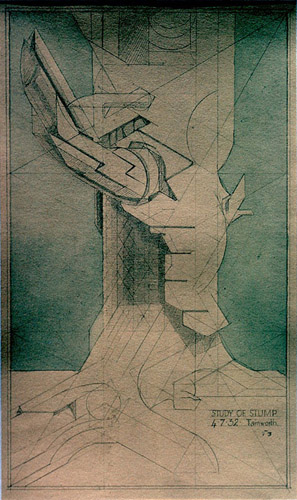
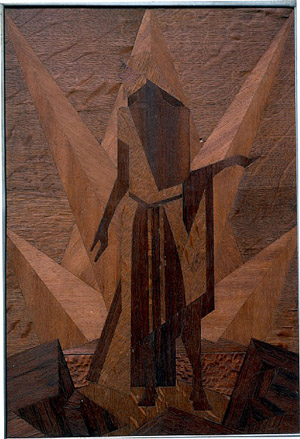
1933Taos, New Mexico
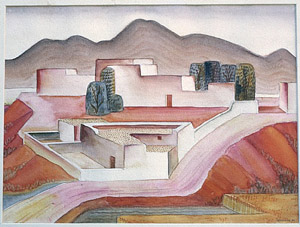
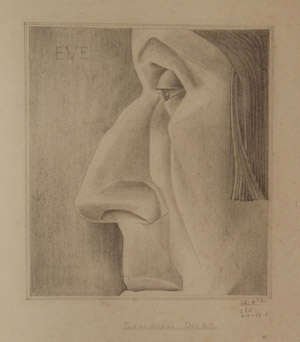
1934Voyage to Sydney on S.S.City of Rayville
1934 Returned to Sydney, Australia with wife, Margel (nee Harris) and child, Enid.
1934-5Gordon, Sydney
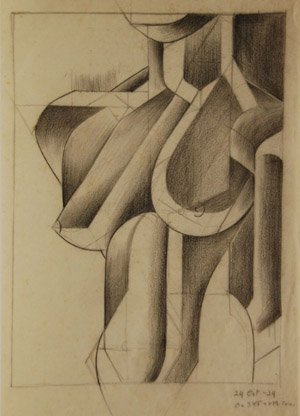
1935-41Wollstonecraft, Sydney inc. Crowley/Fizelle period 1934-7
Joined Grace Crowley, Rah Fizelle and Ralph Balson in forging modern art based on Cubism, Futurism, Dynamic Symmetry and Abstraction.
1939 helped organize with Eleonore Lange, Exhibition 1 to show Sydney Modernist’s aims.
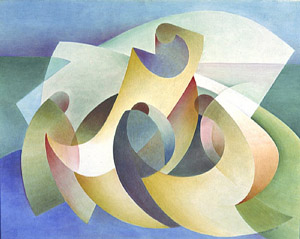
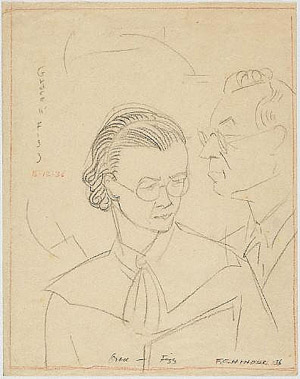
1941-44AMF in New Guinea and Australia
1940-4 AMF-worked in Camouflage in Sydney, Canberra, New Guinea, and northern Australia
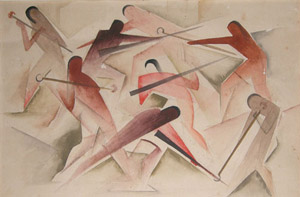
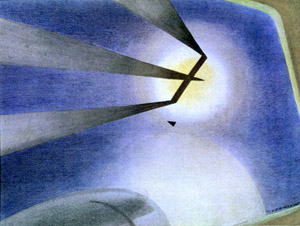
1940sLewers' farm, Emu Plains, NSW
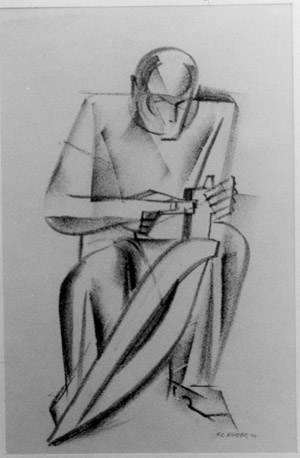
1946-1958East Sydney Technical College, Teaching
1946 Taught art at ESTC, Lithography, Puppetry
1952 Won Blake Prize for religious art
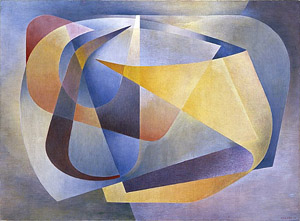
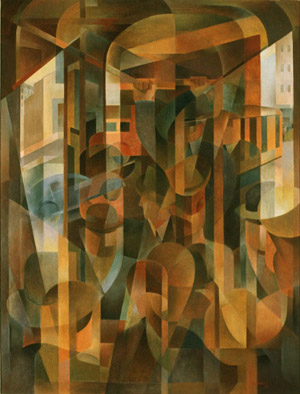
1958-64Sydney Teacher's College (STC)
1958-64 Head of Art Department, Sydney Teachers’ College
1950s 60s Theatre designs for Elizabethan Theatre Trust
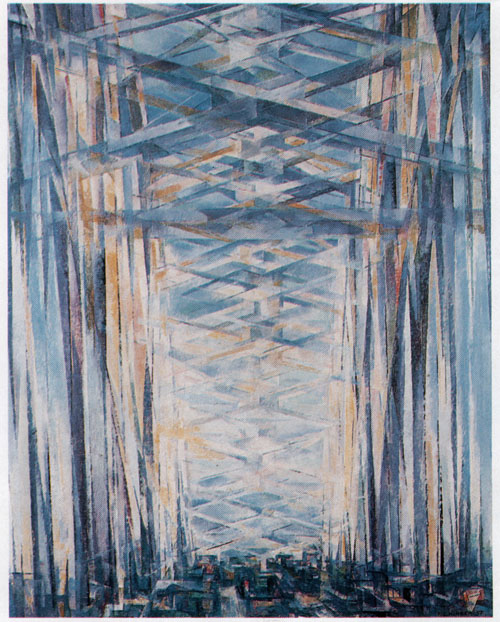
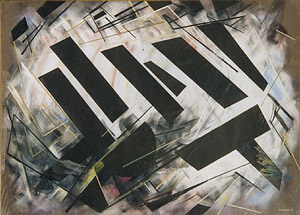
1960s-70sNational Art School (NAS), part-time teaching
National Art School (NAS) was formerly East Sydney Technical College (ESTC)
1967 onwards, Luminal kinetics
1973 Newcastle Retrospective with Margel Hinder
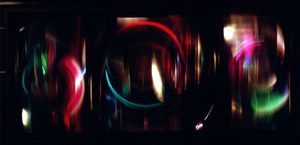
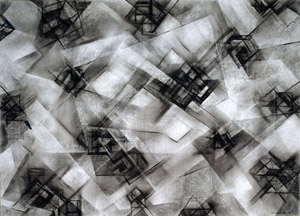
1945-1992Gordon, Sydney
1979 made A.M. General division, Order of Australia
1980 AGNSW Retrospective with Margel Hinder
1992 died 31 December

